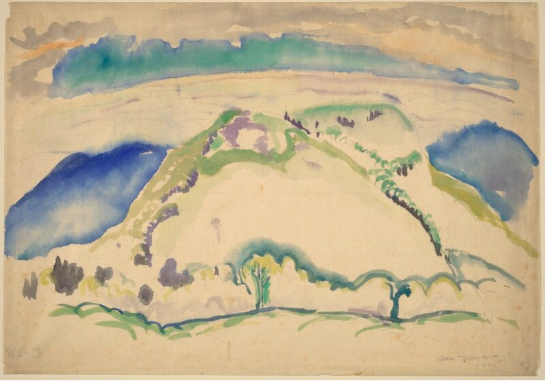
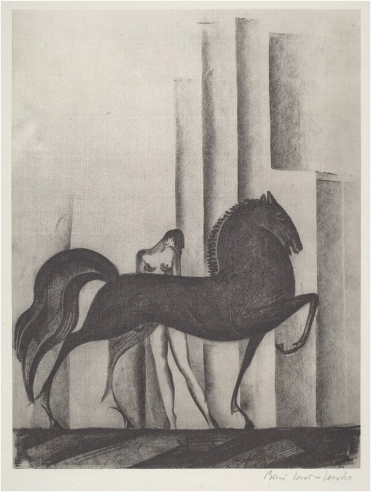
Balkans and Baltics
The Baltic countries and the Western Balkans stand at two extremes, north-east and south-east, with huge distances and many different countries in between.
The Western Balkans and the Baltic States stand at different ends of the European map: south-east and north-east. In regards to their historical and political positions, these are exceptionally diverse: the Western Balkans were part of Yugoslavia (except Albania) while the Baltic republics (Estonia, Latvia, Lithuania) were annexed to the Soviet Union after the Second World War.
Anssi Paasi, one of the most influential thinkers on regions and peripheralization, argues that regions are socially constructed and should be understood in socio-spatial terms.
In their article Balkans and Baltics: On Migration as a Factor of Regional Peripheralization, Aija Lulle examines the Baltics and the Balkans through such a socio-spatial lens. Lulle constructs that these areas are not just collections of small states at the outer areas of the European Union, but are interwoven in the globalization of neoliberal capitalism, world urbanization and other global trends.
From an international migration point of view, prosperous core states are associated with the process of immigration: developing economies, need for larger workforces, and migrants moving to places with better economic opportunities. Emigrant countries represent the opposite situations.
Both the Balkans and the Baltics have been historical peripheries within empires and in socialist unions during the twentieth century. Making a threshold turn when net immigration replaces net emigration is a milestone event in the ways through which migration matters in the representation of countries.
DNA data has shown the populations surrounding the Baltic Sea are genetically similar, suggesting that it has been a significant route for both cultural transmission and population migration.
Throughout time, populations of the Baltic Sea region have been affected by migrations from Western and Central Europe and the East. The region was settled first settled from the southeast and the south shortly after the retreat of the continental ice sheet around 12 000 years ago.
The first ceramic culture in Scandinavia was southern in origin, whereas the eastern and northern shores of the Baltic Sea were affected by the combined ceramic culture that was likely Finno-Ugric. The Northeastern region maintained close ties to the Russian area, especially in the Bronze and Early Iron Age.
Later political histories of the Baltic countries are intertwined with Swedish and Russian influence over large areas. Further, the Germanic world has had a prominent role in urban life in the Baltic states. At present, the linguistic variation in the Baltic Sea region is substantial, with four major language groups: Finno-Ugric, and the Indo-European branches Baltic, Germanic, and Slavic.
Owning Amber
It had other practical uses such as:
- Objects carved as pipes.
- Carved as serving pieces as in cups and bowls.
- Inferior pieces melted down, processed to create varnish and incense.
- Ground down, used as a powder in medicines, soaps and skin care.
- Used as sculptures and jewelry.
- Used in religious ceremonies.
- Carved into amulets and crosses.
How can you tell if something is amber or not?
Amber will display most if not all of these properties to varying degrees.
- Amber will always be light and not heavy for its size.
- Small pieces will float in seawater.
- Amber is warm to the touch and not cold like gemstones or semi precious minerals.
- It is soft and easily carved.
- It is fragile and can be brittle if it is dried out. It will shatter if you hit it hard enough.
- It can be fully clear to completely opaque.
- It comes in a wide variety of colours, although the majority are in the yellow/orange range.
- It will burn or melt if a flame is held to it. The resulting smoke or fumes will smell like pine
- It will generate static electricity if it is rubbed with a cloth.
- It may have inclusions in it.
How do you know if a piece of amber is real or fake?
- Unfortunately, not all tests are definitive but if you do get positive results on a few of them then you are likely to have amber. If you really want to know, send the piece to a lab to do spectrography and/or infrared testing.
- If it looks too perfect it is likely fake. That perfect insect in the bracelet is probably not real.
- It could be mis identified copal, coral or jet but the usual culprits are plastic and bakelite.
- You can try a few tests such as a hot needle (should smell piney), rub it to generate static electricity and see if it floats in salt water.
- Today small pieces of amber are often fused together to make jewelry. In these pieces you can see what are known as “spangles” in the piece. This is still real amber.
If you have Amber or wish the purchase some, here are a few guidlines to follow in terms of care:
- Please be mindful that you have a delicate natural object which is also porous, similar to pearls and coral.
- Do not use jewelry cleaner powders or liquids, solvents, or sonic cleaners.
- Clean gently after wearing as perfumes and lotions etc can damage the amber, particularly over time.
- Prolonged exposure to sunlight and dampness can damage amber as well.
- Keep in a lined box or soft cloth bag away from other jewellery or objects that could scratch it.
- And of course – don’t drop it! Unlike gold, that has international standards of price per ounce, amber is valued differently and not necessarily just by weight or colour. All pieces have value depending on their uniqueness, either as specimens with inclusions or as pieces of art or jewellery. Go to a reputable dealer or jeweller to get a proper price.



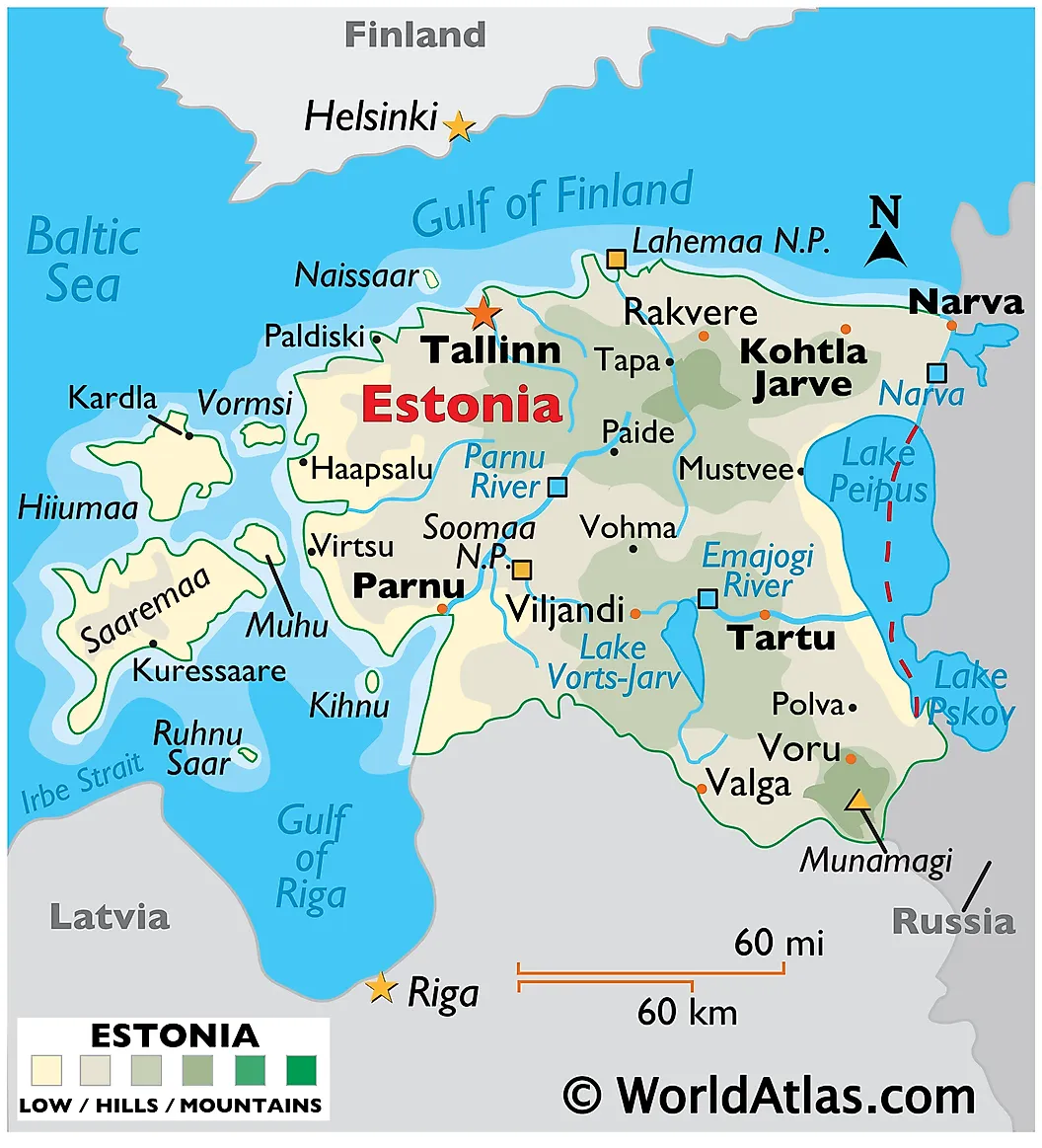

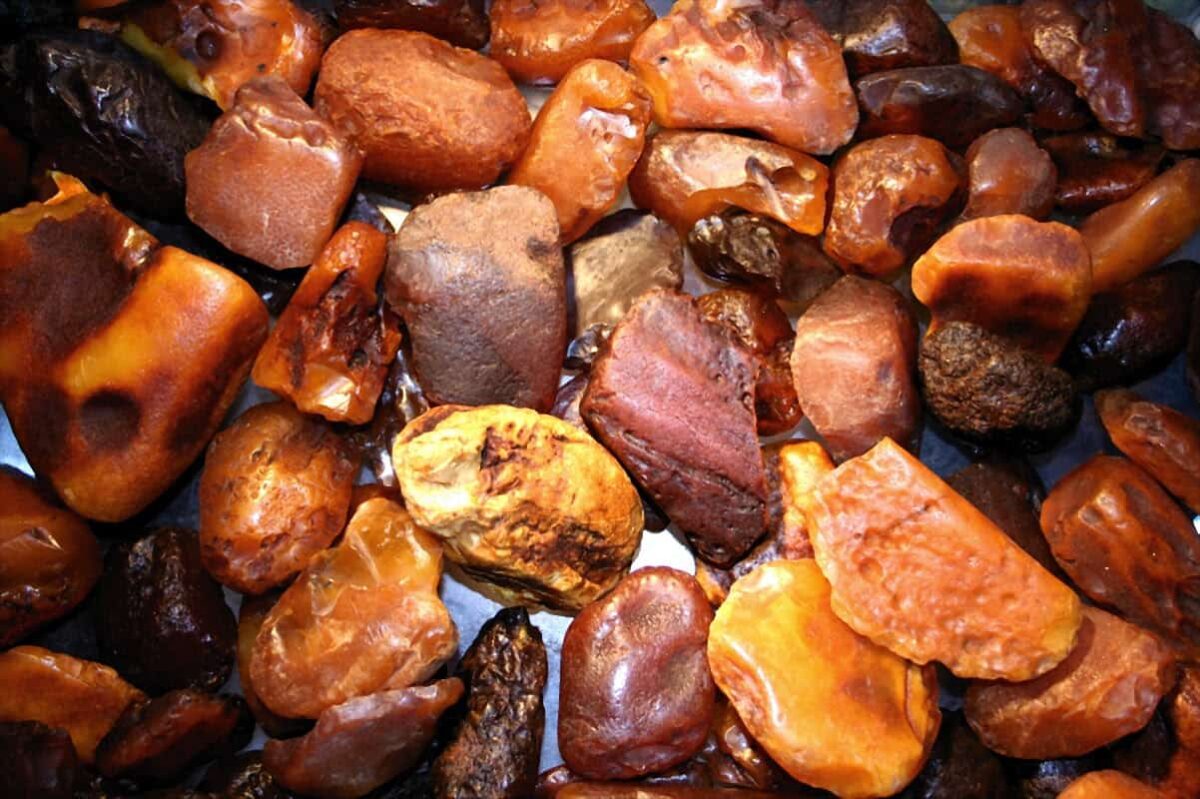
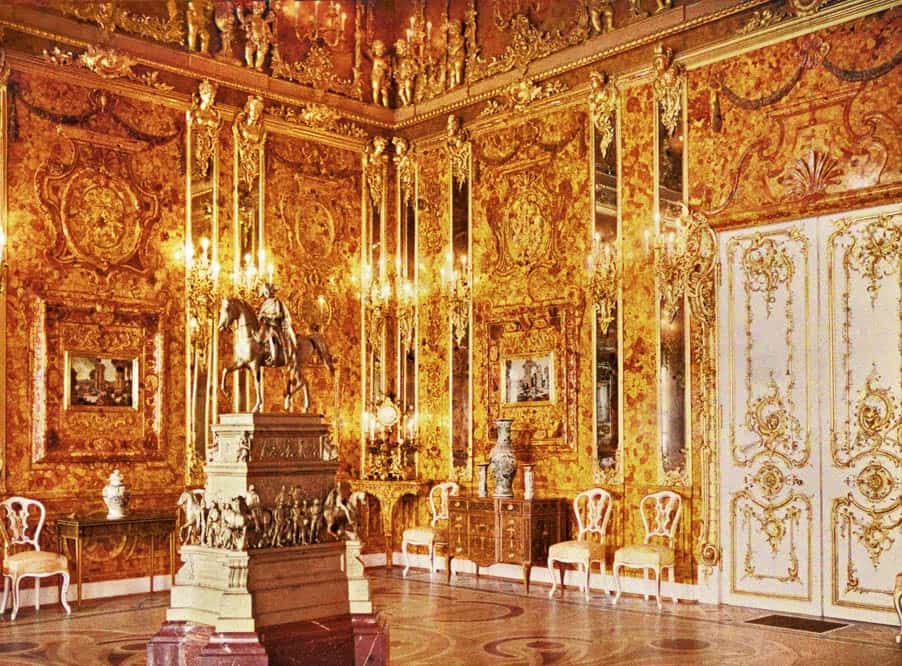

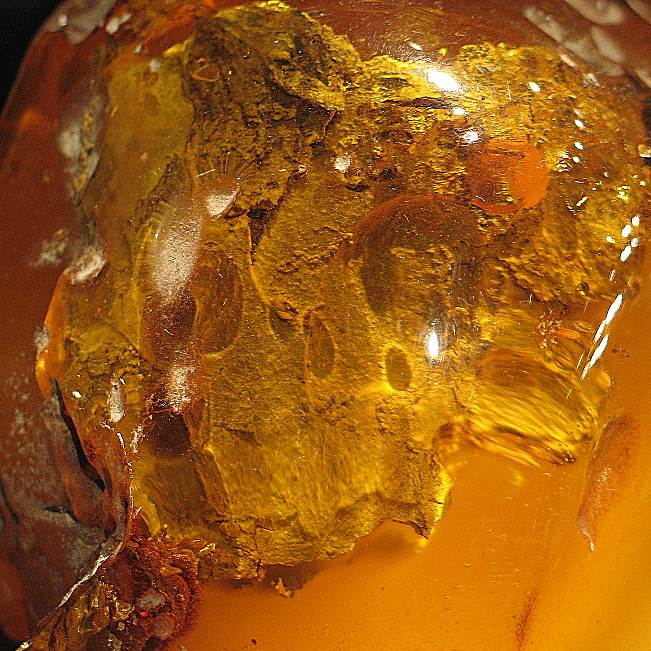

 An artisan specializing in knitting. She taught a knitting workshop at the LTFAI AGM several years ago and fell in love with the organization. Not only is she a prolific author of knitting books, with “The Art of Lithuanian Knitting” under her belt, but she’s also the creative genius behind our social media presence.
An artisan specializing in knitting. She taught a knitting workshop at the LTFAI AGM several years ago and fell in love with the organization. Not only is she a prolific author of knitting books, with “The Art of Lithuanian Knitting” under her belt, but she’s also the creative genius behind our social media presence.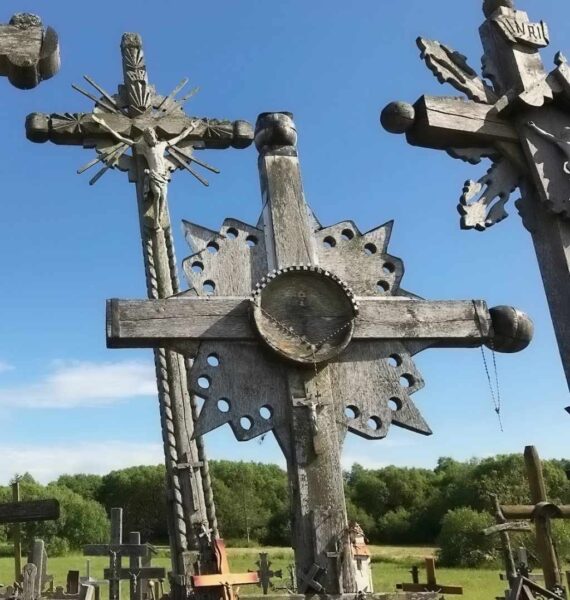



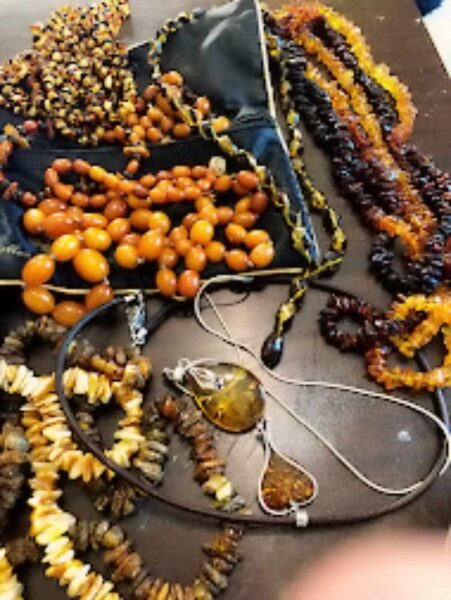


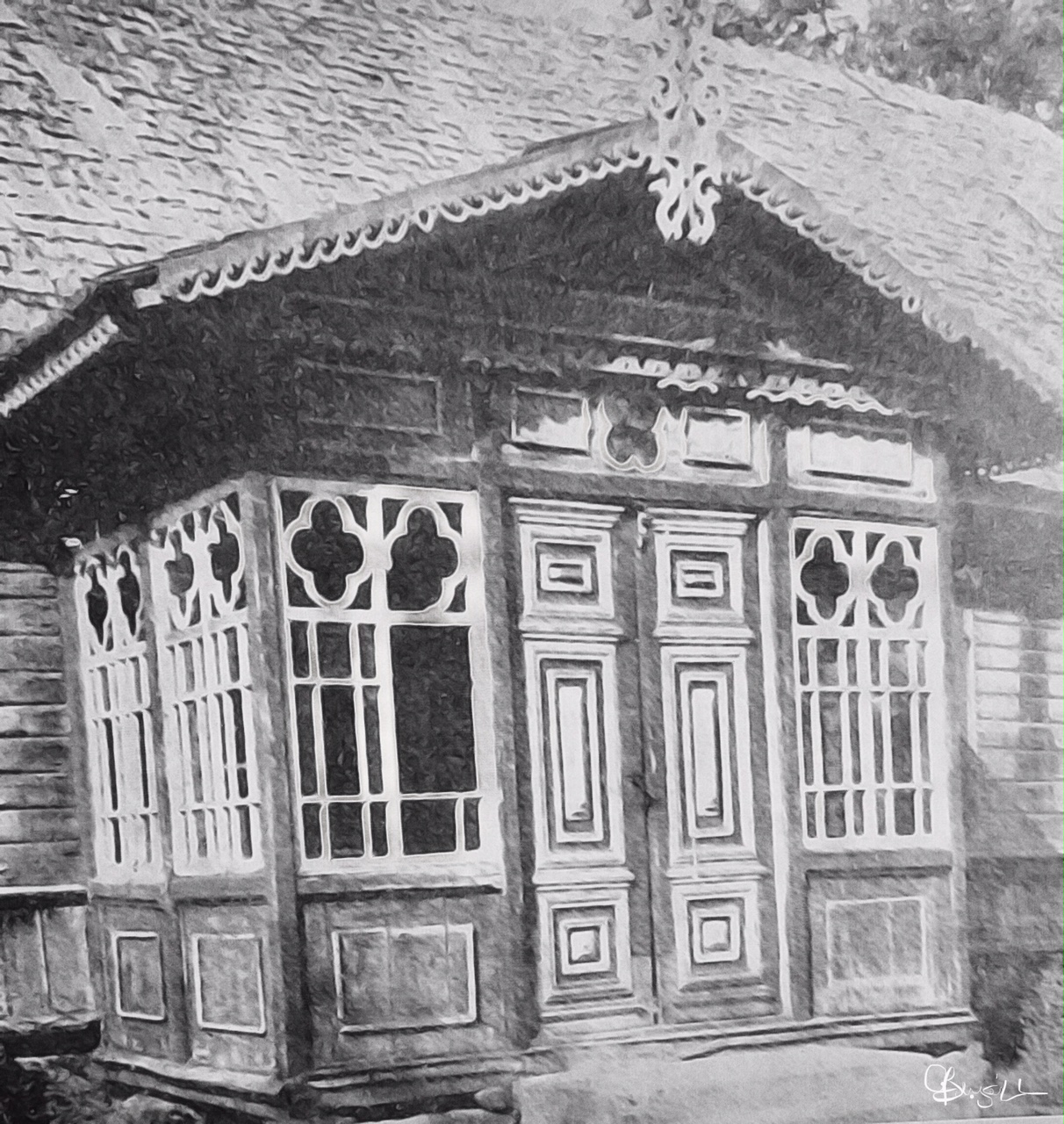
 Ramune is a translator and editor, who worked with the Canadian Lithuanian Weekly Tėviškės žiburiai as managing editor for over 20 years.
Ramune is a translator and editor, who worked with the Canadian Lithuanian Weekly Tėviškės žiburiai as managing editor for over 20 years.